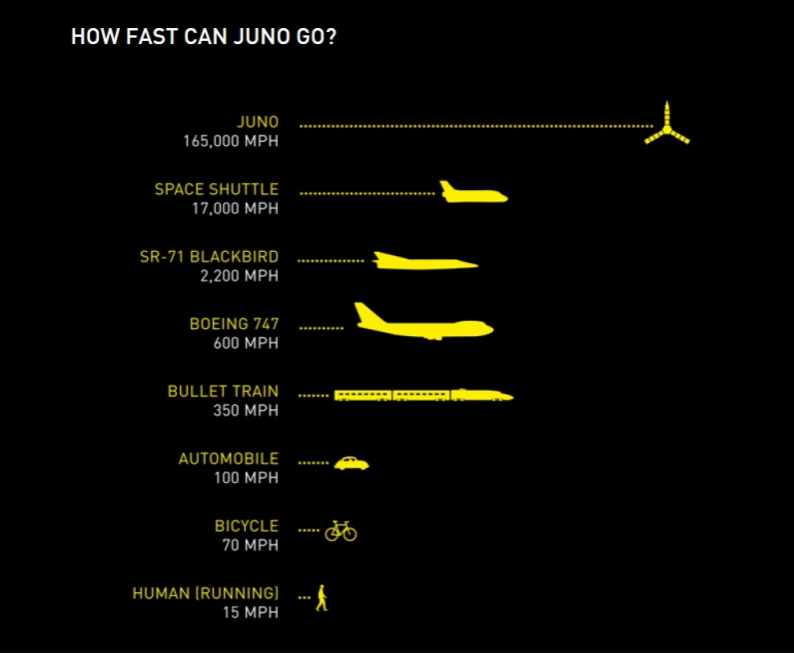What is the Point in Learning Chemistry?
Have you ever sat in a Maths class wondering why you will ever need to be able to do long division without a calculator? Or silently cursed your Geography teacher while learning about the formation of oxbow lakes? And History?
That’s all in the past and irrelevant, isn’t it? In this series of articles we will look at some of the subjects we learn at school, and try and answer the question: What’s the point in learning… Chemistry?
Good Relationships – Healthy Relationships – Tips for Kids
Relationships are hard at any age. Remember that we don’t just talk about relationships when we mean a boyfriend or a girlfriend – it’s about how you get on with your parents, your friends and other people important to you.
There are certain basic ideas that are important to developing good relationships; you master these and life suddenly becomes a lot less stressful! Alice Hoyle has some ideas that may help you have better relationships with the people in your life.
Communication

Image by Robert Collins on Unsplash
Communication is the most important aspect of any relationship. Sharing things with people in your life is important. We do this mostly by speaking and listening. It is important to share how you feel about things and to listen and try to understand how others feel about things (this is called empathy).
How good are you at both talking AND listening? If you favour doing only one of them in a relationship then this isn’t as balanced as it could be- you probably need to work on doing both and so should the other person.
Also sometimes people might say something but their body language (how someone uses their body or their facial expression) maybe saying something different. Take some time to consider what is your body language saying when you talk? What is their body language saying? Do you make eye contact when you talk?
A key to successful communication is to use “I” statements instead of “you” statements- eg. “I feel sad when you call me silly” is better than “You calling me silly makes me sad” because the second one can put the person on the defensive straight away and the conversation can go badly after that.
What is Juno?
There has been a lot of excitement about the Juno probe this week, but what is it and what is its mission?
What is Juno?
Juno is a spacecraft designed and operated by NASA, the US space agency. It was launched from Cape Canaveral on the 5th August 2011 and has taken almost 5 years to travel the 716 million kilometres to Jupiter, the largest planet in our solar system. Juno is 3.5 metres in height, and when its solar arrays are extended it’s more than 20 metres across. These arrays are covered in more than 18,500 solar cells, which allows Juno to operate even when it’s at such a great distance from the Sun.

(Image: NASA)
Why is it called Juno?
In Roman mythology Juno was the Queen of the gods. She was married to the king, Jupiter, who wasn’t always well-behaved. Juno had to peer through the clouds to discover what he was up to; the spacecraft is called Juno because it will be looking beneath the clouds that cover the surface of the planet Jupiter.
Aboard the Juno craft are 3 models of Lego minifigures: Jupiter, Juno and Galileo, who discovered in 1610 that Jupiter had moons.

From left to right: Galileo, Juno and Jupiter. (Image: NASA/JPL-Caltech/LEGO).
What is it looking for?
Jupiter is enormous; it’s two and a half times larger than all the other planets in our solar system combined. It’s made entirely of gases and is believed to have no solid surface. The planet rotates at an immense speed, completing one rotation every ten hours, and telescopes have shown us that it has a cloudy atmosphere with colourful spots and stripes. The largest of these, known as the Great Red Spot, is a storm that is several times the size of Earth and has been raging for more than 300 years.

Jupiter. The Great Red Spot is clearly visible. (Image: NASA).
This mission is the first time that humans will be able to glimpse what lies beneath Jupiter’s cloudy atmosphere. The main objective is to understand how the planet formed and evolved, which will give us more information about the formation of gas giants as well as the rest of the solar system. Juno will also measure the quantities of water and ammonia within the atmosphere, examine the magnetic field that surrounds the planet, observe any polar auroras and measure the gravity to see whether a solid core may exist after all.
For more information about the Juno mission you can watch this video from Nasa, and have a look at the Juno mission webpage.
A History of Fandoms
A lot of adults are very critical of the fans of 1D or Zoella, thinking they are silly for getting so excited, and for screaming and shouting. But did you know that fandoms have existed for a very long time? They’ve not always been called fandoms; that is a fairly recent development, but they are nothing new.




